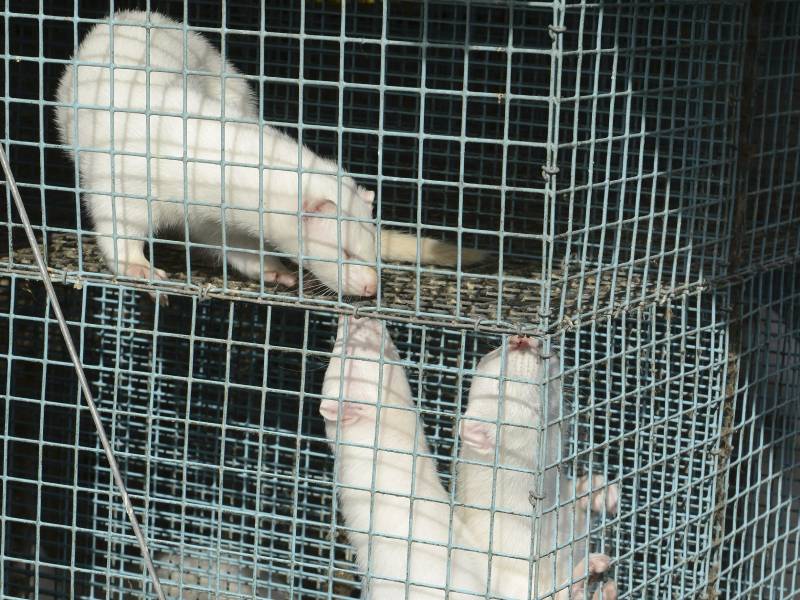Minks in a cage at a fur farm in Uusikaarlepyy, Ostrobothnia
HELSINKI, Aug 2 (NNN-XINHUA) — Finnish Food Authority ordered the culling of all minks in fur farms in Finland where avian flu infections have been detected. Meanwhile, the culling of foxes and raccoon dogs remains discretionary.
The Authority highlighted that minks can transmit avian flu to humans, since they have receptors in their upper respiratory tract that can accommodate both human and avian flu viruses.
Food Authority Director Terhi Laaksonen estimates that at least 70,000 fur animals will be culled. However, this is only an initial estimate, as inspectors have so far only visited three fur farms.
According to national broadcaster Yle, avian flu has been found in 20 fur farms in Finland, three of which have minks. Currently, the Food Authority is investigating four more farms, one of which has minks.
To prevent contact between commercial poultry and fur animals, the Food Authority has identified nine provinces as infection zones, where keeping such animals outdoors is prohibited.
Under Finnish laws, fur farms are entitled to state compensation equivalent to the full commercial value of production animals to be culled.
In an effort to control the spread of avian flu, the Finnish Wildlife Agency has granted permits to shoot 10,000 wild birds.
The decision to allow the shooting of birds has drawn criticism from nature organizations.
Birdlife Finland has argued that shooting could cause birds to escape to other areas, potentially spreading the infection. They also expressed concerns about the handling and processing of dead birds, which could further contribute to spreading the disease.
The Finnish Association for Nature Conservation (SLL) and animal protection society Animalia also criticized the plans to shoot the birds, saying that protected species might be affected.
To protect their animals from the avian flu outbreak, zoos and bird sanctuaries have implemented a range of measures.
At the Heinola bird sanctuary, large outside cages have been covered with tarps, and all waterfowls and parrots have been moved indoors. Meanwhile, both Helsinki Zoo and Ahtari Zoo in central Finland have transferred all their birds to covered cages to prevent the potential transmission of avian flu. — NNN-XINHUA




